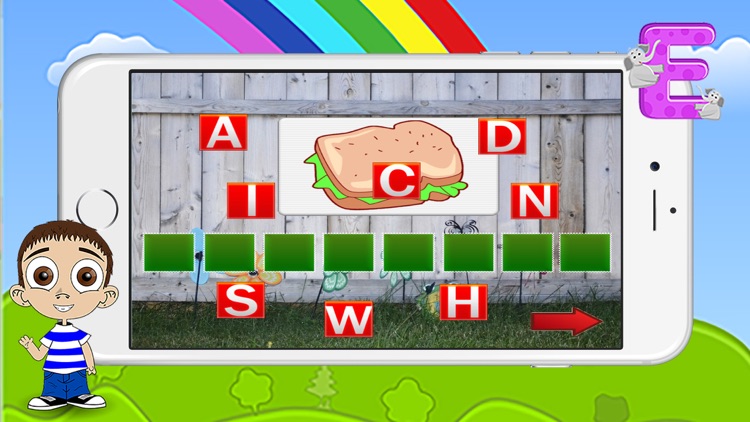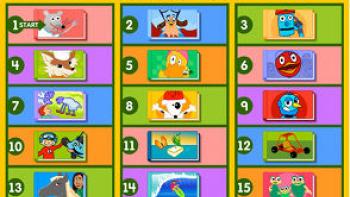
In addition to offering free courses, Coursera also offers programs and certifications from accredited institutions. It offers courses in many languages and also offers Professional Certificates and specializations for those who subscribe. Software development, design and art are the most popular subjects on the site. Simply click on a course title to begin. Then follow the instructions. You can then move on to certifications or specializations in other areas.
Coursera provides free certifications and programs from accredited institutions
The new offering by online education company Coursera includes more than 3,800 courses, 400 specializations, professional certificate programs, and guided projects designed to teach job-relevant skills. These courses are peer-graded, and many feature step-by-step guidance from experts. The average course lasts less than 2 hours. These courses are supported by large tech companies and universities around the globe. Anyone looking to learn new skills can create a free Coursera account.

Online courses may seem like a scam. However, you can still complete the courses and earn a certificate. They are offered by 50 universities. There are many courses available online, including law, accounting, psychology and more. Some courses are professionally-oriented, while others are more general and are meant for casual learners. Coursera offers certificates in some courses, but not for all. You can also get a certificate for completing an online course for free, although this does not apply to professional courses.
It offers courses in a variety of languages
Coursera offers courses at no cost, unlike traditional universities and colleges. The courses are very short, have video lectures and require assignments every week. The Signature Track option is available for students who require a more formal certificate. This option was available since January 2013 and has become standard throughout the platform. The Signature Track provides students with a certificate that is verified at the end of their course. It includes the name and course taken.
Students can choose to learn in many languages. They can also choose from an array of highly-rated MOOCs. Coursera partners up with universities around world to offer courses in many languages. Coursera has free courses available in a wide range of languages at the time of writing. Coursera also offers courses in the Abu Dhabi School of Government, which partners with the site to provide professional development for teachers.
With a subscription, it offers professional certificates and specializations.
Coursera has a variety of professional certificates and specializations for those looking to improve their career. These certificates can help you improve your skills, and even land lucrative job opportunities. Some of these specializations include Google IT Support, Arizona State University's TESOL, and Cloud Architecture with Google Cloud. Each course comes with over 100+ projects that will help you gain job-relevant skills in a matter hours. These projects include Introduction to Project Management and Spreadsheets for Beginners Using Google Sheets.

A subscription plan is the cheapest way to enroll in courses on the popular online education platform. Subscriptions as low as $399 per annum or as low as $50 per a month can be purchased. These Certificates can be added to your resume and LinkedIn profiles, which can help you save a lot. Coursera Plus can also be a great investment for anyone looking for professional development and advancement.
FAQ
What is early childhood education?
Early Childhood Education refers to a field dedicated to helping children become happy, healthy adults. It involves everything from teaching children to read to preparing for kindergarten.
Early childhood education's goal is to help children learn through age-appropriate experiences.
Early childhood educators are often asked to assess the developmental needs for each child they see. This assessment helps determine whether a particular program would benefit each individual child.
Parents have the chance to interact with teachers, other professionals and parents who have worked with young children.
As parents, they play a vital role in early childhood education. They should know how to take care of their children properly and provide support and guidance when necessary.
Parents can also participate in activities designed to teach their children skills they will need throughout their lives.
Although the term preschool education is often used to refer to early childhood education, it can also be used interchangeably for daycare centers. Prekindergarten education begins at three years of age, but early childhood education can begin around three.
What are the types of early child education?
There are many ways to explain early childhood education. The most common ones include:
-
Preschool - Children ages 2 to 5
-
PreKindergarten - Children ages 4 to 6
-
Head Start/Headstart for Children Ages 0-3
-
Day Care/ Daycares- Children aged 0-5
-
Child Care Centers: Children from 0-18
-
Family Child Care for Children Ages 0-12
-
Homeschooling for children ages KG-16
How long should you spend on college preparation?
The amount of time you dedicate to your studies will affect how much time you spend preparing for college. You should begin college preparation courses if you intend to go to college right away after high school. However, if you have plans to wait several years before starting college planning, then you don't necessarily need to do so until later.
You should discuss your plans with your parents and teachers. They may suggest certain courses of study. You should keep track of which courses you took and what grades you got. This way, you'll know exactly what you need to accomplish next year.
Do you have to go to college in order become an early education teacher?
It is not possible, however, to better prepare yourself for your future career in this field, it might be worth looking into college.
It is important that you realize that being a teacher can be difficult. Each year there are many applicants that are not accepted into programs. A lot of people leave college after just one semester.
To become a teacher, you must also meet certain qualifications.
Statistics
- They are also 25% more likely to graduate from high school and have higher math and reading scores, with fewer behavioral problems,” according to research at the University of Tennessee. (habitatbroward.org)
- Think of the rhetorical power of nineteenth-century abolitionist Harriet Beecher Stowe, Martin Luther King, Jr., or Occupy Wall Street activists with their rallying cry of “we are the 99 percent.” (bostonreview.net)
- They are more likely to graduate high school (25%) and finish college (116%). (habitatbroward.org)
- In most developed countries, a high proportion of the population (up to 50%) now enters higher education at some time in their lives. (en.wikipedia.org)
- And, within ten years of graduation, 44.1 percent of 1993 humanities graduates had written to public officials, compared to 30.1 percent of STEM majors. (bostonreview.net)
External Links
How To
What is vocational Education?
Vocational Education prepares students for work by giving them skills that are required for a specific job, such as welding. You can also get on-the job training through apprenticeship programs. Vocational Education is different than general education. It focuses on specific careers and not learning broad knowledge for the future. Vocational education does more than prepare for university. It helps people find jobs after graduation.
Vocational education can take place at all levels of schooling. This includes primary schools, secondary schools and colleges, universities as well as colleges, technical institutes, technical colleges, trade schools, community college, junior colleges, four-year colleges, and colleges. Many specialized schools are available, including nursing and culinary schools, law schools medical and dental schools, veterinary medicine school, veterinary medicine schools, firefighting training schools, police academies, military academy, and other military schools. Many of these schools provide both academic instruction as well as practical experience.
In recent decades, many countries have made large investments in vocational training. The effectiveness of vocational training is still a controversial topic. Some critics believe it doesn't help students get hired, while others claim that it helps prepare them for life after high school.
According to the U.S. Bureau of Labor Statistics (47% of American adults are currently holding a postsecondary certificate/degree related to their current job), this figure is higher among those with more education. This percentage is higher among those with higher education. 71% percent of the 25-29 year olds with a bachelor's degree are currently working in fields that require postsecondary credentials.
According to the BLS in 2012, almost half of Americans had at the least one type of postsecondary credential. A third of Americans have a two-year associate's degree and 10% hold a four year bachelor's degree. One in five Americans holds a master’s degree or doctorate.
The median annual salary for people with a bachelor's was $50,000. This compares to $23,800 for those who don't have a degree. The median salary for people with advanced degrees was $81,300.
The median income for those who have not completed high school was just $15,200. The median annual income for those with less than a high-school diploma was $13,000